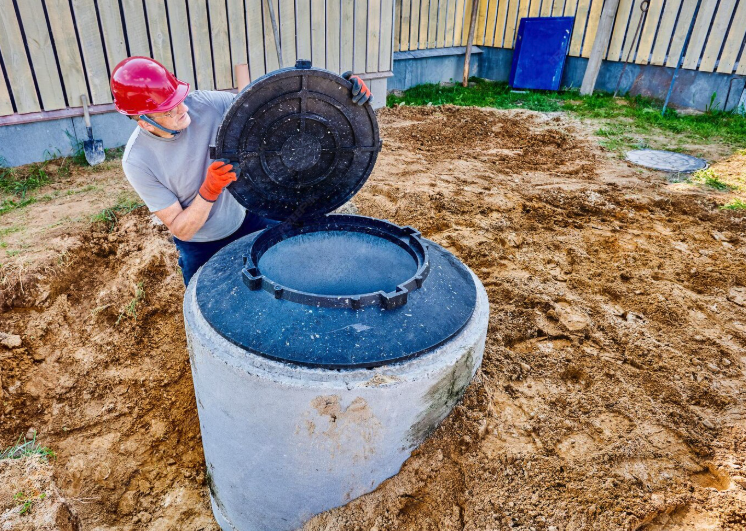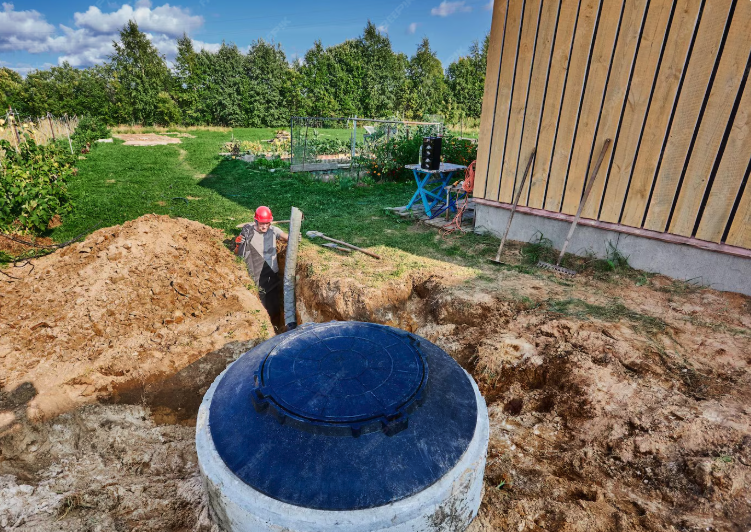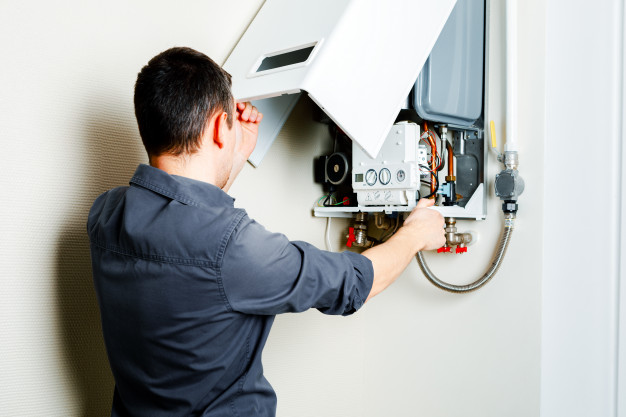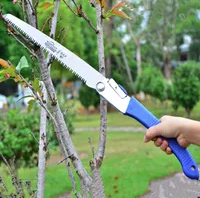Common Residential Septic Problems and How to Avoid Them

A well-functioning residential septic system is something most homeowners don’t think much about—until something goes wrong!

Septic systems are designed to operate quietly in the background, treating wastewater safely and efficiently. But without proper maintenance or awareness, even the most reliable system can run into issues that lead to unpleasant odors, slow drains, or even costly repairs.
Below are some of the most common residential septic problems and practical tips to help you avoid them.
1. Slow Drains and Backups
One of the earliest signs of septic trouble is slow drains throughout the home. While a single clogged sink may not indicate a septic issue, multiple fixtures draining slowly at the same time often point to a full or failing system.
Why it happens:
- Accumulation of solids in the tank
- Blocked or collapsed drain lines
- Excess water entering the system too quickly
Prevention tips:
- Avoid flushing non-biodegradable items
- Space out laundry loads to avoid overloading the system
- Schedule regular septic pumping
2. Foul Odors Indoors or Outdoors
Unpleasant smells around the yard or near drains can indicate that the septic system isn’t processing wastewater properly.
Why it happens:
- Full septic tank
- Cracked pipes or loose connections
- Issues in the drain field preventing proper absorption
Prevention tips:
- Keep the tank pumped on schedule
- Avoid planting trees or shrubs near septic lines
- Address odors early before they develop into major issues
3. Standing Water or Soggy Ground
Pooling water or constantly muddy soil near the drain field is another common residential septic warning sign.
Why it happens:
- Drain field saturation
- Clogged soil preventing absorption
- Excess water use overwhelming the system
Prevention tips:
- Direct roof and gutter runoff away from your drain field
- Practice water conservation inside the home
- Have a septic professional inspect the drain field if sogginess persists

4. Sewage Odors or Gurgling Noises Inside
Gurgling toilets or bubbling noises when sinks are draining typically mean something is interfering with the natural flow of wastewater.
Why it happens:
- Venting issues
- Blocked pipes
- Septic tank filling faster than it should
Prevention tips:
- Avoid flushing grease or food waste
- Have vent pipes inspected regularly
- Stay consistent with septic maintenance
5. Tree Root Intrusion
Tree roots naturally seek out moisture, making septic pipes and drain lines ideal targets. Once roots infiltrate the system, they can cause major blockages or pipe damage.
Why it happens:
- Trees planted too close to the septic system
- Aging pipes with weakened joints
Prevention tips:
- Keep large trees far from septic components
- Use root barriers for added protection
- Inspect older systems for signs of pipe deterioration
6. Overloaded or Under-Maintained Tanks
One of the most avoidable residential septic issues is a tank that hasn’t been pumped or maintained properly.
Why it happens:
- Lack of awareness
- Large households generating more wastewater
- Disposing of harmful chemicals or solids
Prevention tips:
- Stick to a regular pumping schedule based on household size
- Use septic-friendly cleaning products
- Limit garbage disposal use
A Healthy Residential Septic System Requires Awareness
Most septic system failures don’t happen overnight—they develop slowly due to neglect, misuse, or environmental factors. By understanding the warning signs and adopting simple preventive habits, homeowners can extend the life of their residential septic system and avoid disruptive problems down the line.








